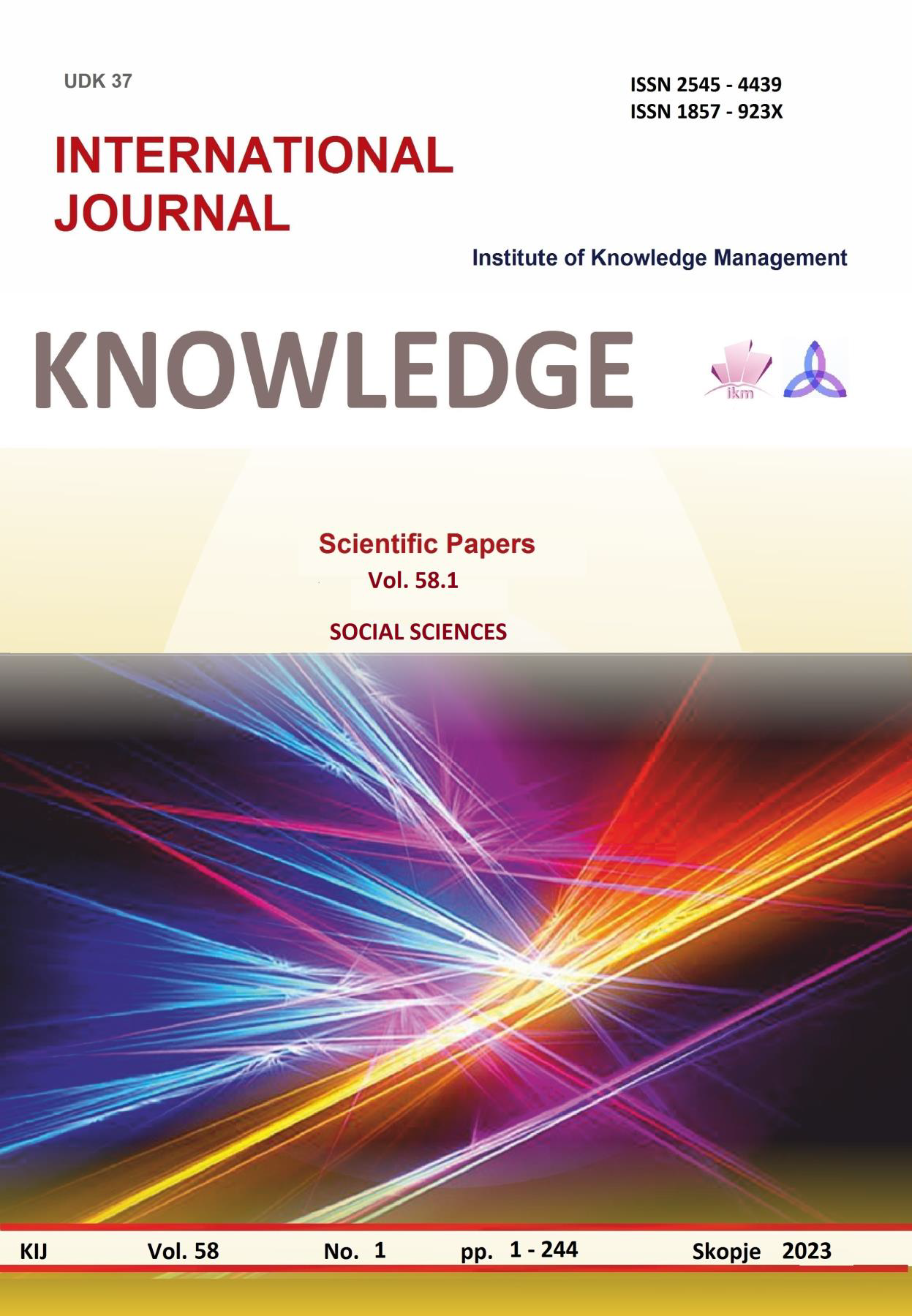BOYS' AND GIRLS' HIGH SCHOOLS IN BURGAS - 1904 - 1944
DOI:
https://doi.org/10.35120/kij5801179tKeywords:
Burgas, boys' high school, girls' high schoolAbstract
In the history of education in Burgas high school education occupies a special place and the boys' and girls' high schools in the seaside town were its mainstay in the first decades of the last century. Their development goes through various vicissitudes, reflecting the changes in the educational legislation. The problems the managements of the two educational institutions have to deal with are:
- staff turnover, low payment, problems with professional growth;
- stuffing of party leaders empowered to take decisions that are not within their competence;
- mobilization of students during the wars.
At the beginning, the high school education in Burgas was catching up with the other cities in the country, at the end of the given period it trained specialists for the needs of the region and provided personnel for the Bulgarian universities and institutes.
The following techniques were applied within the scope of the study:
- biographical method;
- historical-pedagogical analysis of educational information of a national and regional nature;
- cultural-historical retrospective.
Emphasis is placed on the high educational qualification of high school teachers who graduated from prestigious European universities: Dr. Minko Adzharov, Raina Kostenceva, Maxim Rajkovich, Sanda Yovcheva, Dimitar Radev, Roman Spatarev, Gencho Kirev. They formed the urban intelligentsia, and subsequently some of them became iconic names in national culture, science, and art. The names of Dimitar Radev, Zheko Radev, Petar Petkov-Osogovets, Tsvetan Minkov can be added to the above. The public appearances of personalities whose life and creative path remained connected to the seaside city began in the high schools in Burgas - these are Stefan Maksimov, Maxim Rajkovich, Georgi Popayanov, Panayot Vodenicharov, Gencho Mitev and a number of others.
The review of high school annals, the personal archives of teachers and the published memories of students from this chronological period allow us to say that despite the stormy political events of public life, which resonated in high school everyday life, teachers and students were looking for something that could unite their efforts, and they found it in public events and activities, with which they contributed to the heightening of the authority of educational institutions in front of the citizenry.
References
Апостолов, Ст. (2020). Бургас и морето. Либра Скорп
Апостолов, Ст. (2019.) Фотиновото училище – 140 години Професионална гимназия по електротехника и електроника “Константин Фотинов” – Бургас. - https://www.meridian27.com/article/fotinovoto-uchilishte
Коларов, Ст. (1943). Приноси за учебното дело. Класните училища в Бургас. // Училищен преглед, кн. 8, с. 1012-1015.
Литературният Бургас (2021). Второ издание. Бургас, Либра Скорп.
ОДА – Бургас, ф.303 к, оп.1, а.е. 1-6, 14;
ОДА – Бургас, ф.737 к, оп.1, а.е.1-7, 19.
Терзиева, М (2007). Историята на учебното дело в Бургас 1878-1944. Либра Скорп
Терзиева, М. (2016). Българските толстоисти и тяхното обкръжение. Бургас, 156 с.
Терзиева, М. (2018). 75 години от създаването на Учителски институт в Бургас. // Изгрев, бр.1, с.41-42.
Terzieva, М. (2018). Hristo Botev Teacher Training Institute in Burgas: History and Traditions. //Assen Zlatarov University, Annual, Vol. XLVII, BOOK 2, Social Sciences, s.7-9.





